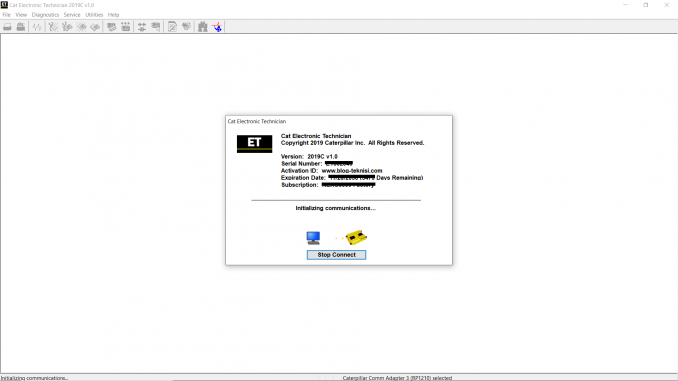
The Communications tab in the Settings dialog box can be used to set the communication interface device and ports required to run the service tool. NOTE: The information on the Communications tab depends on the selected communication interface device.
#To set the communication settings:
1). Open the Caterpillar ET Software. It will automatically connect to the ECM.
2). Click Stop Connect.
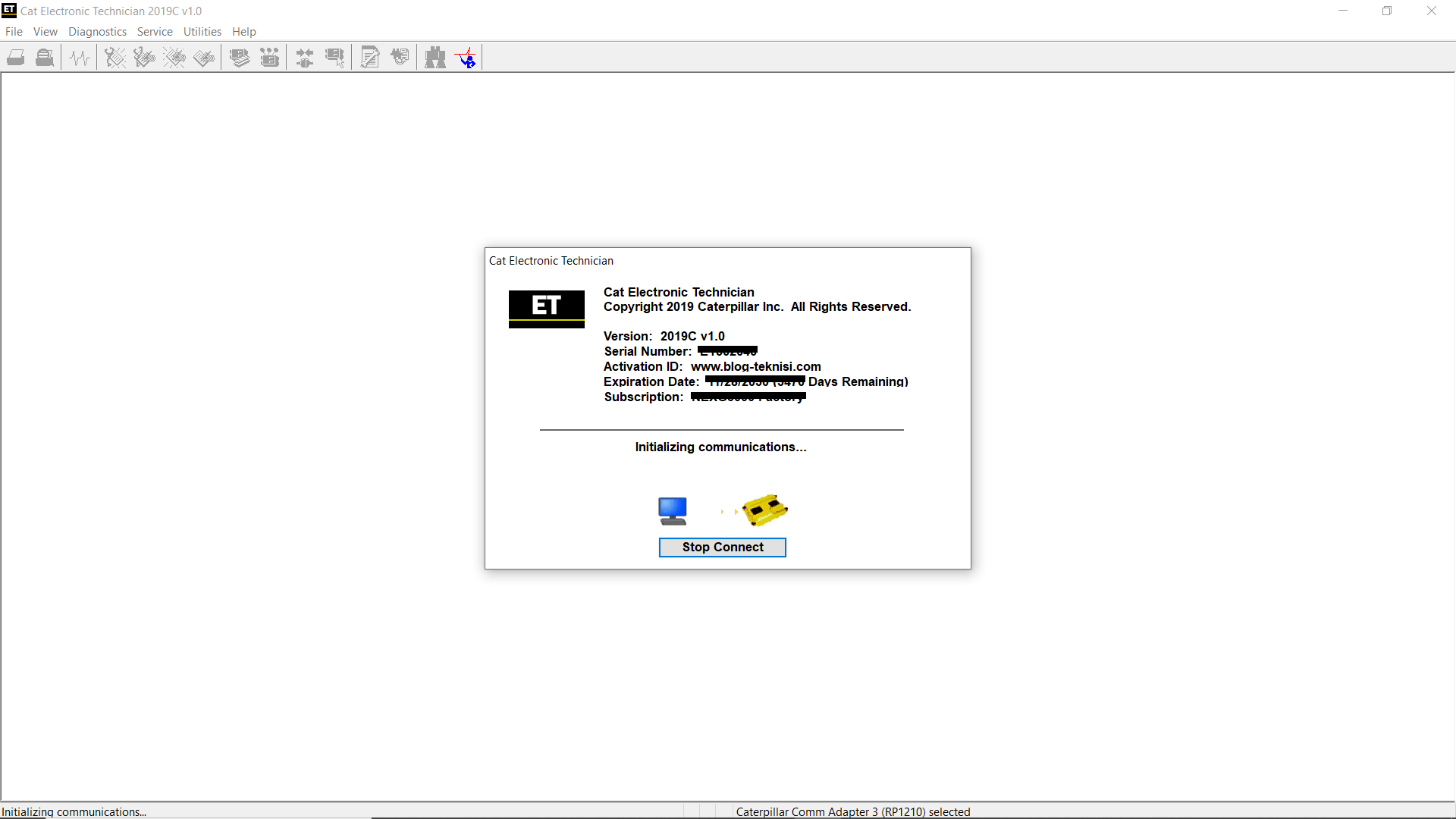
3). Select Utilities – Preferences – Modify…
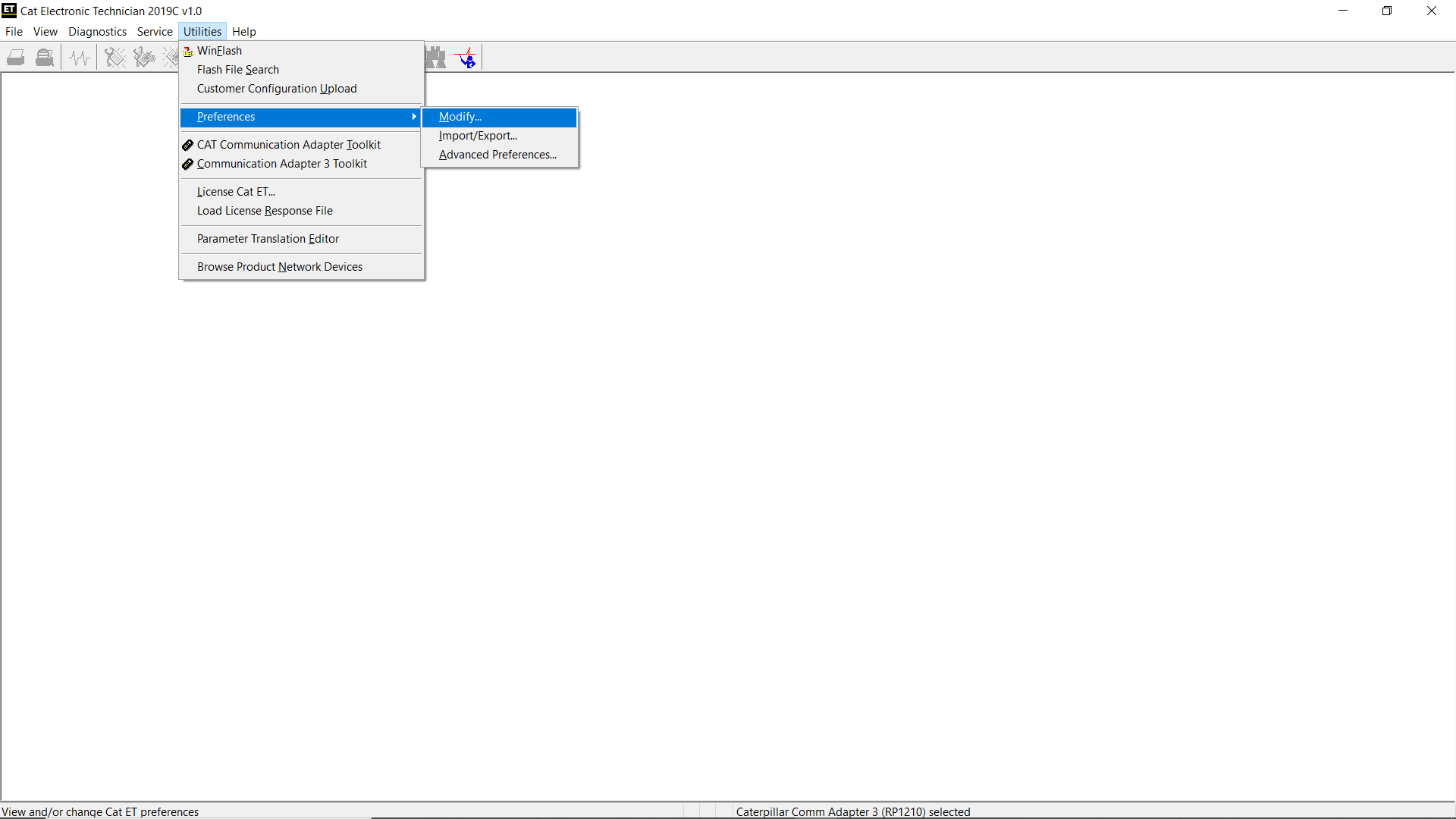
#If using Caterpillar Comm Adapter III, select J1939 Baud Rate.
→The J1939 data link speed may support values of “250K”, “500K” and “Auto”. The selected value must match the product being serviced.
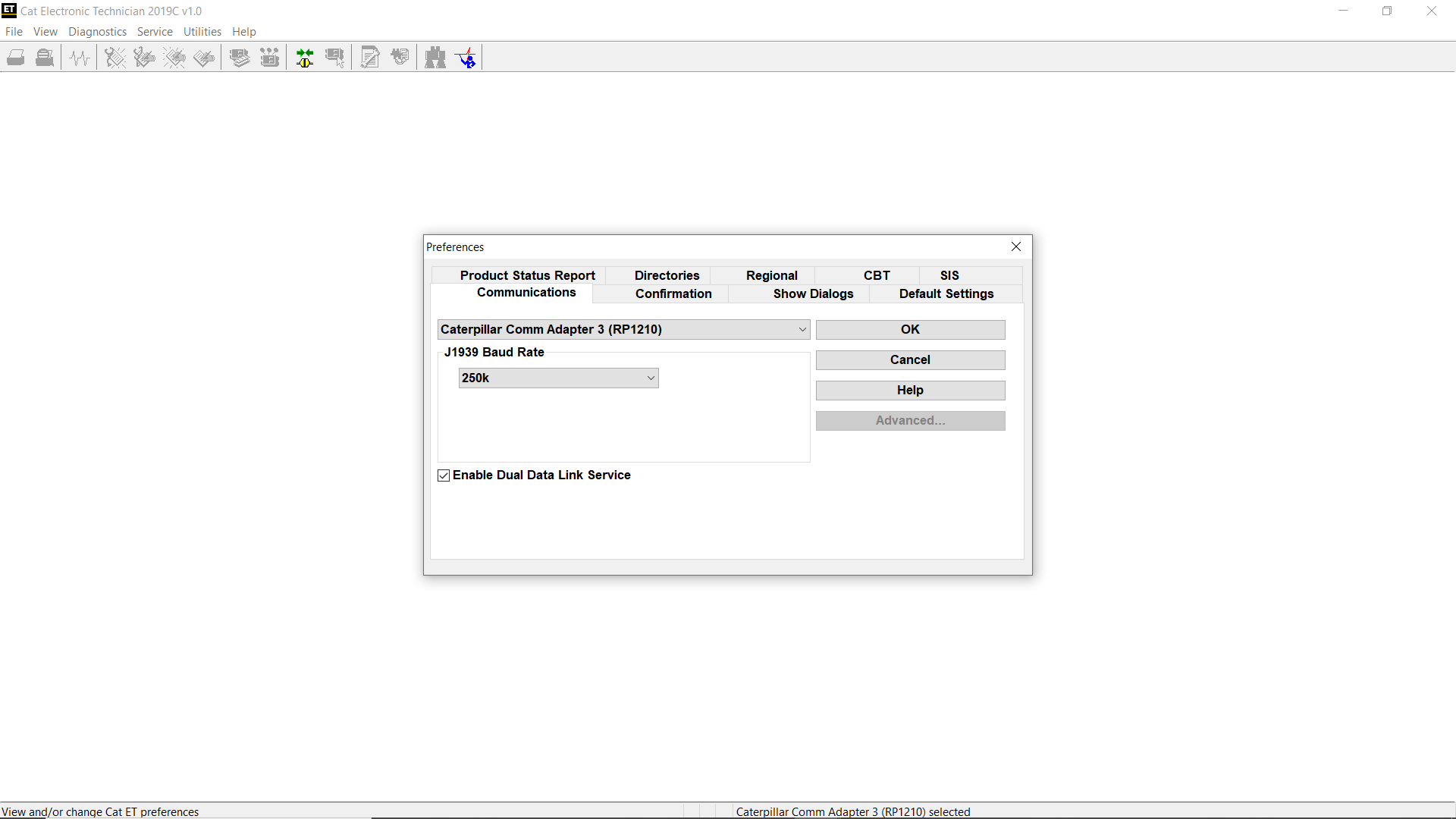
NOTE: If the Enable Dual Data Link Service checkbox is checked, two ECMS using two different data links can be served simultaneously without having to switch data links. If applicable, this check box is selected by default.
#If you are using the Caterpillar Comm Adapter II, set Ports (e.g. COM1) as your COM port in Device Manager.
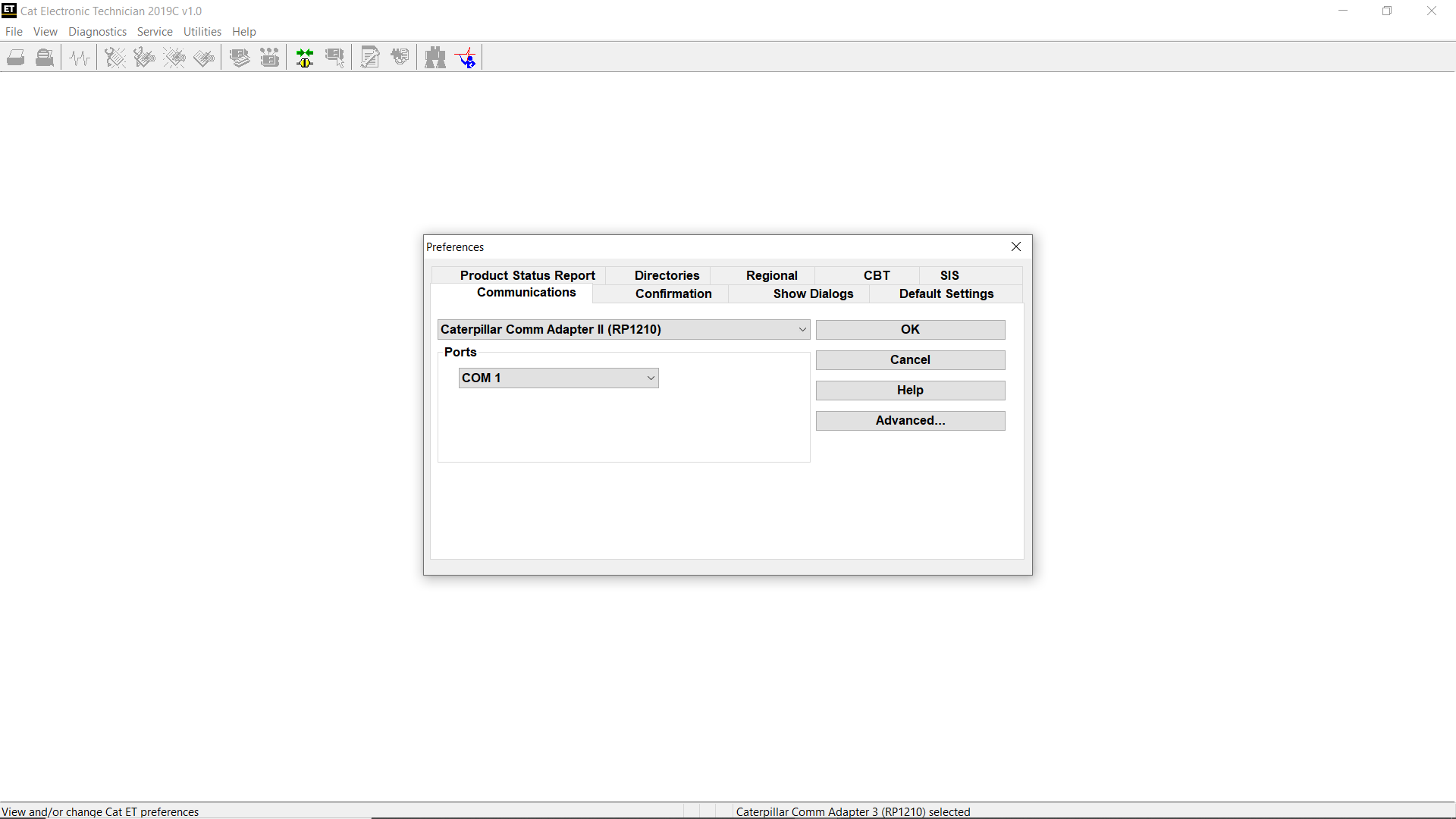
#If using NEXIQ USB-Link, select RP1210 Compliant Device, and select Advanced… button to select a specific RP1210/ USB-Link (1) – NEXIQ Technologies USB-Link.

→Select another Communication Adapter and RP1210 Compliant Devices.

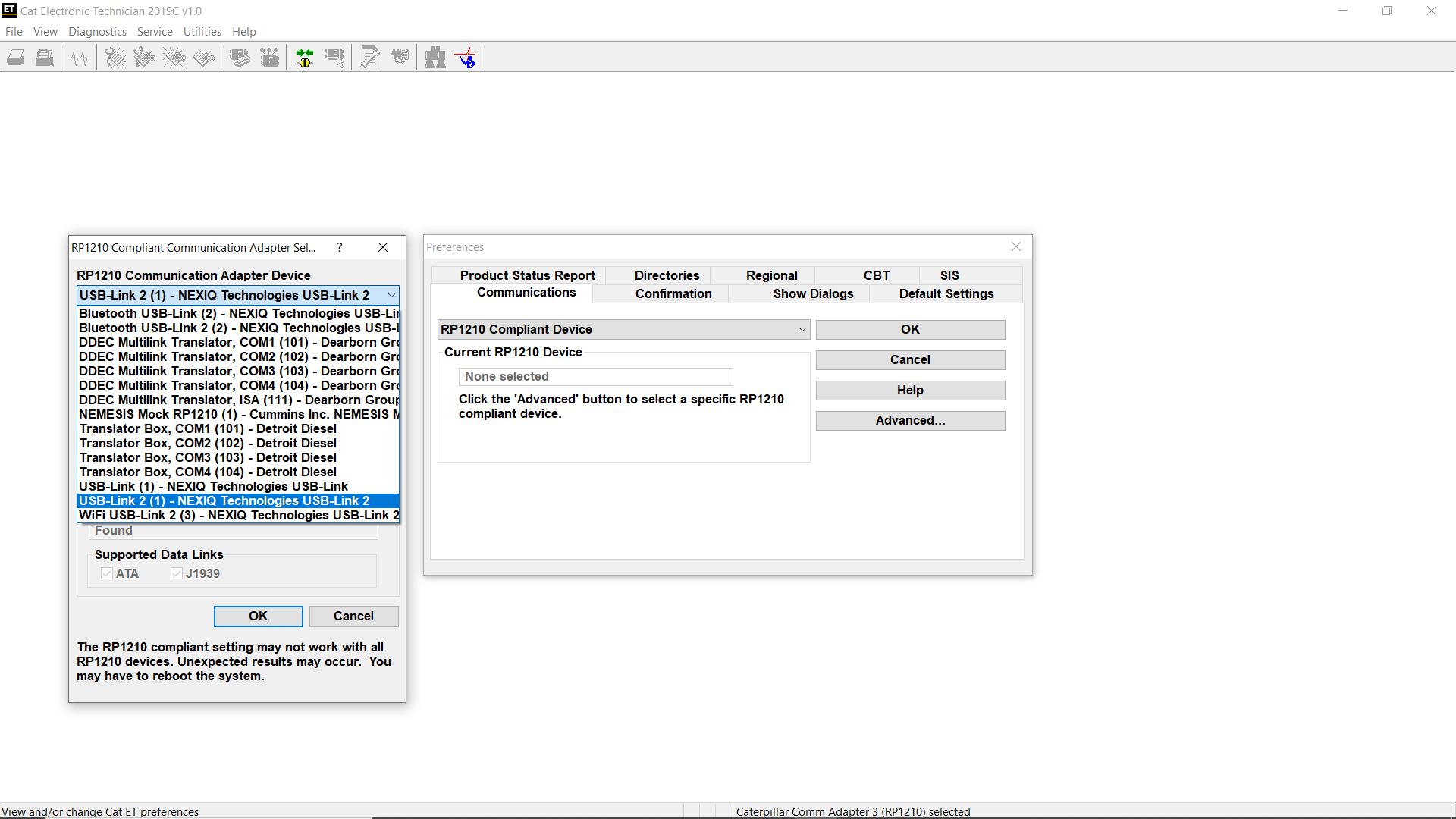
#Driver Download:
-NEXIQ USB-Link
-Caterpillar Comm Adapter 3 – V2.0
-Caterpillar Comm Adapter 3 – V4.4
→When a data connection is established, the service tool returns to the main menu and displays the ECM summary screen.
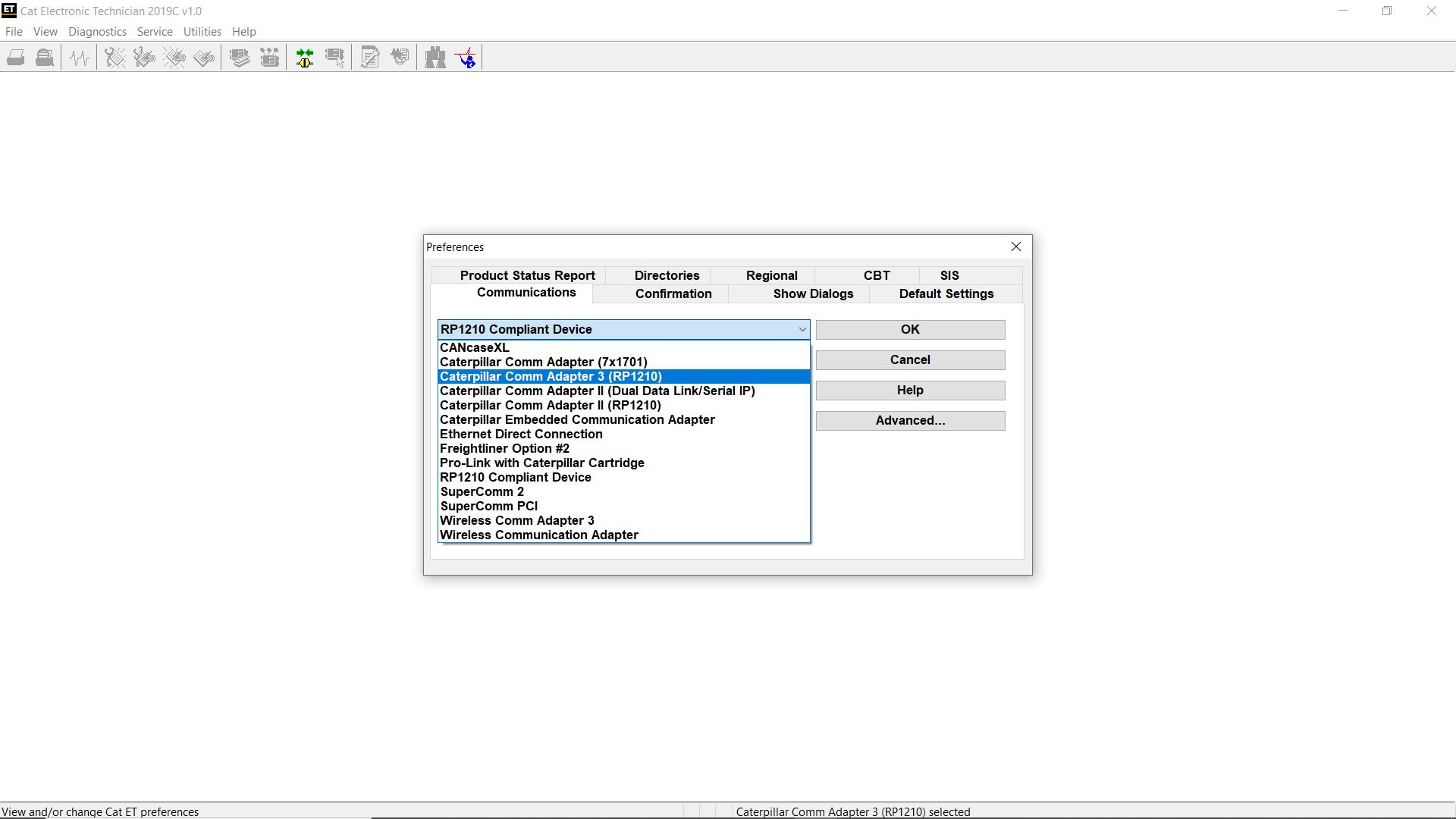
→When a data link connection is not established, the service tool provides information for correcting the problem.
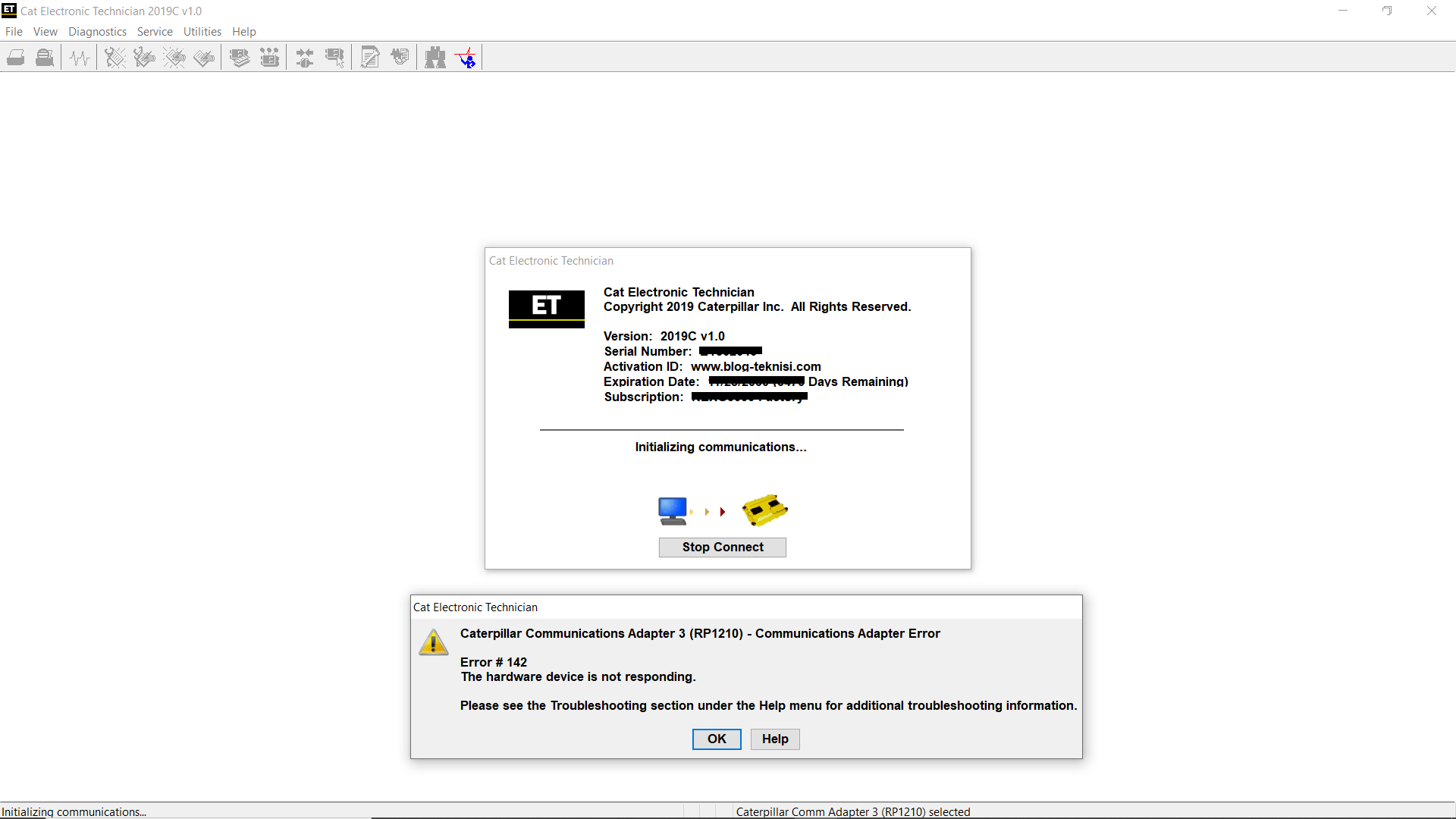
→Click Help for open the Troubleshooting Guide.

#Setting the Default Settings (Preferences)
The Default Settings feature allows the user to configure the service tool to show a desired feature at startup. By default, the service tool displays the ECM overview screen on startup. In addition, this feature allows the user to configure whether histogram data is displayed as raw data or as a percentage.
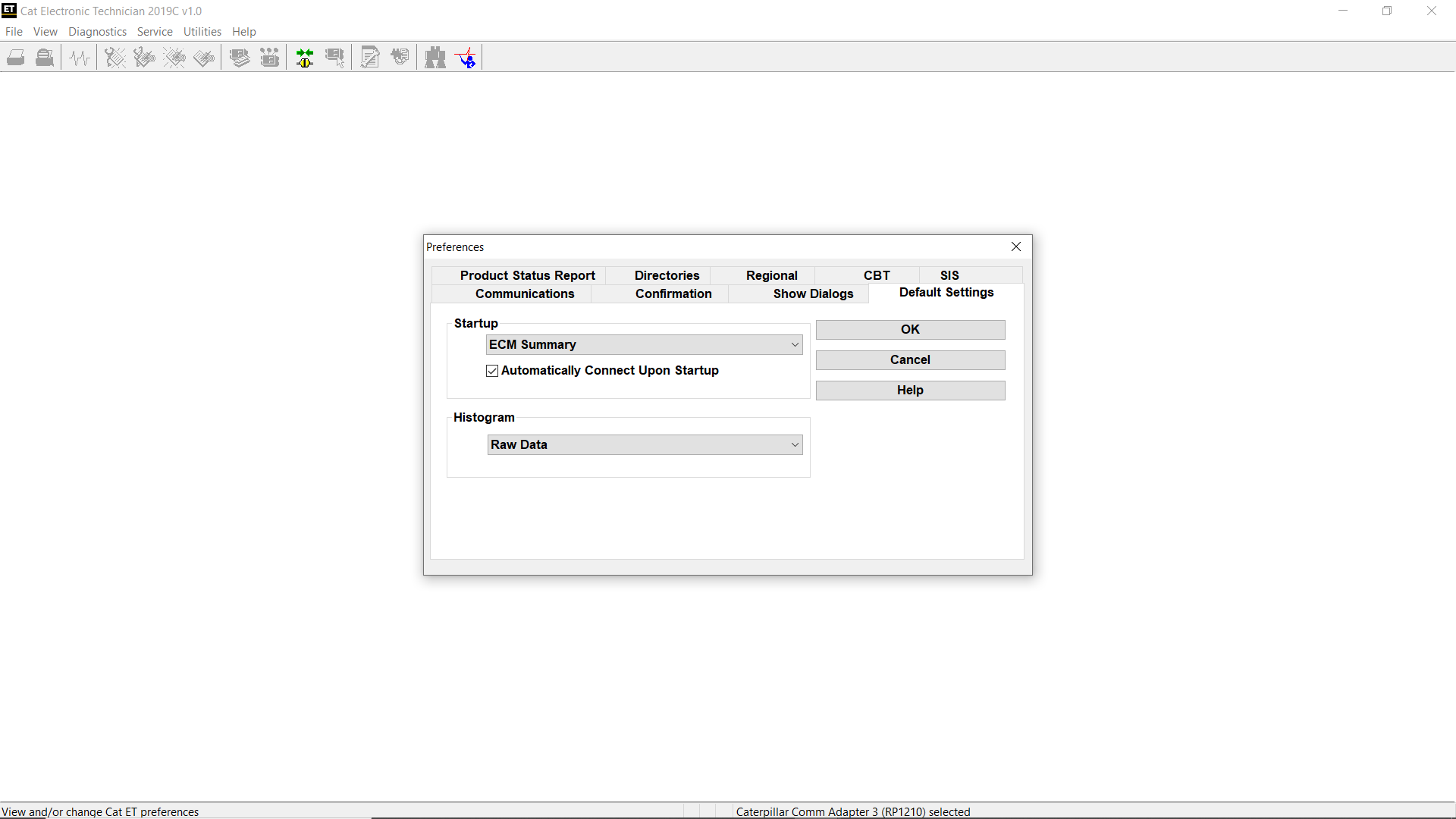
#To set the default Startup Tool:
1). In the Settings dialog box, select the Default Settings Tool tab.2). Select the feature you want from the Startup Tool drop-down menu and click OK. The following may appear at startup:
ECM Summary
Status
Configuration
Active Diagnostic Codes
Logged Diagnostic Codes
Active Event Codes
Logged Event Codes
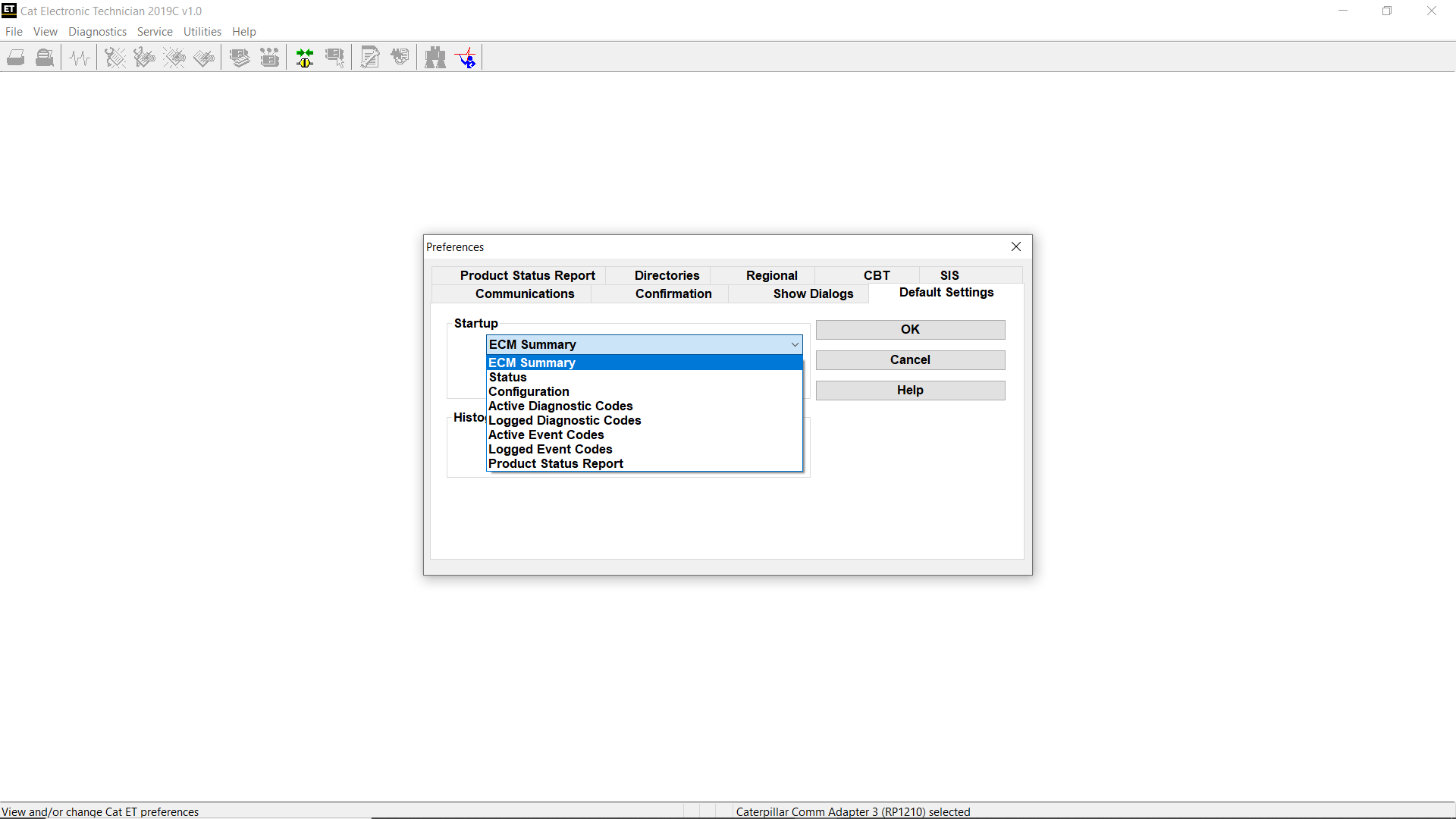
NOTE: If the selected function is not supported by the ECM, the ECM summary function is displayed at startup.
Leave a Reply